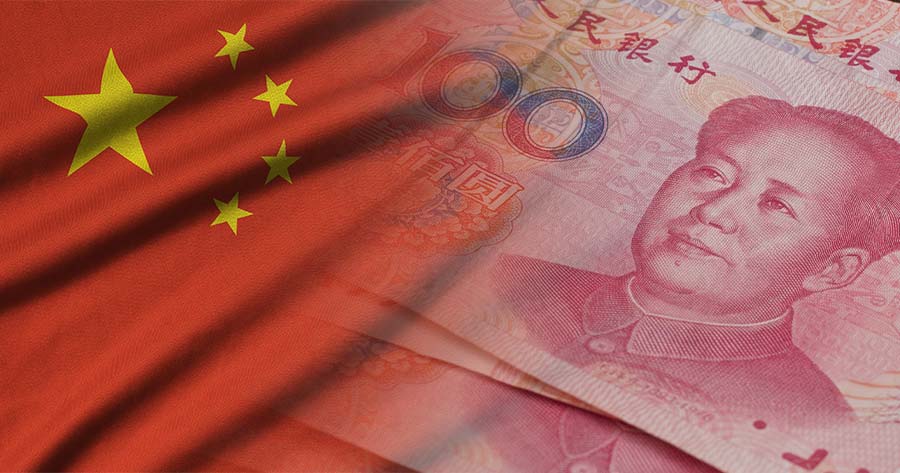According to data from the National Bureau of Statistics (NBS), China’s retail sales growth in April decelerated to rise by 5.1% compared to the same period last year. The figure fell short of analysts’ expectations polled by Reuters of a 5.5% increase and exhibited a slowdown from March’s 5.9% growth.
This indicates ongoing concerns about consumer spending in the world’s second-biggest economy.
Meanwhile, industrial production rose by 6.1% year-on-year in April, surpassing expectations of a 5.5% increase, although it slowed from March’s robust 7.7% growth, suggesting U.S. tariffs had a limited impact.
For the first four months of the year, fixed-asset investment, which includes spending on property and infrastructure, grew by 4.0%, slightly below the forecasted 4.2% growth. Within this category, real estate investments deteriorated, declining by 10.3% for the year up to April.
The unemployment rate based on urban surveys slightly improved, dropping to 5.1% in April from 5.2% in March.
The statistics bureau highlighted that external factors remain unstable and uncertain, and emphasized the need to solidify the foundation for sustained economic recovery.
Previously, the U.S., under President Donald Trump, imposed a 145% tariff on Chinese imports, while Beijing, in response, enacted a reciprocal 125% tariff on goods coming from the United States.
However, trade tensions have eased after discussions between U.S. and Chinese trade officials in Switzerland led to a temporary reduction of tariffs, allowing further negotiation over 90 days to potentially achieve a more comprehensive agreement.
Following these developments, several global investment banks have revised their forecasts for China’s growth upward while moderating expectations for aggressive stimulus measures. Beijing aims to achieve its target of approximately 5% economic growth this year.





